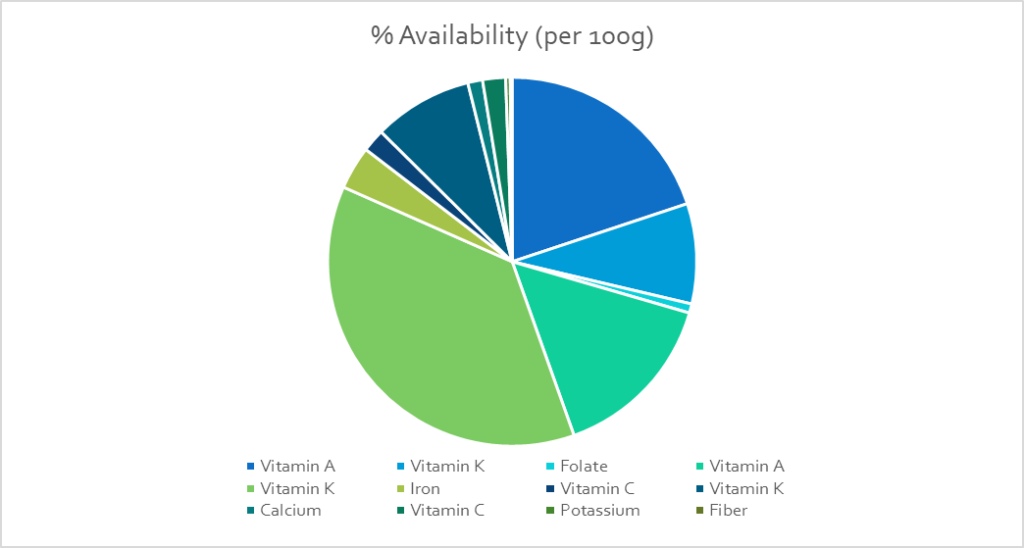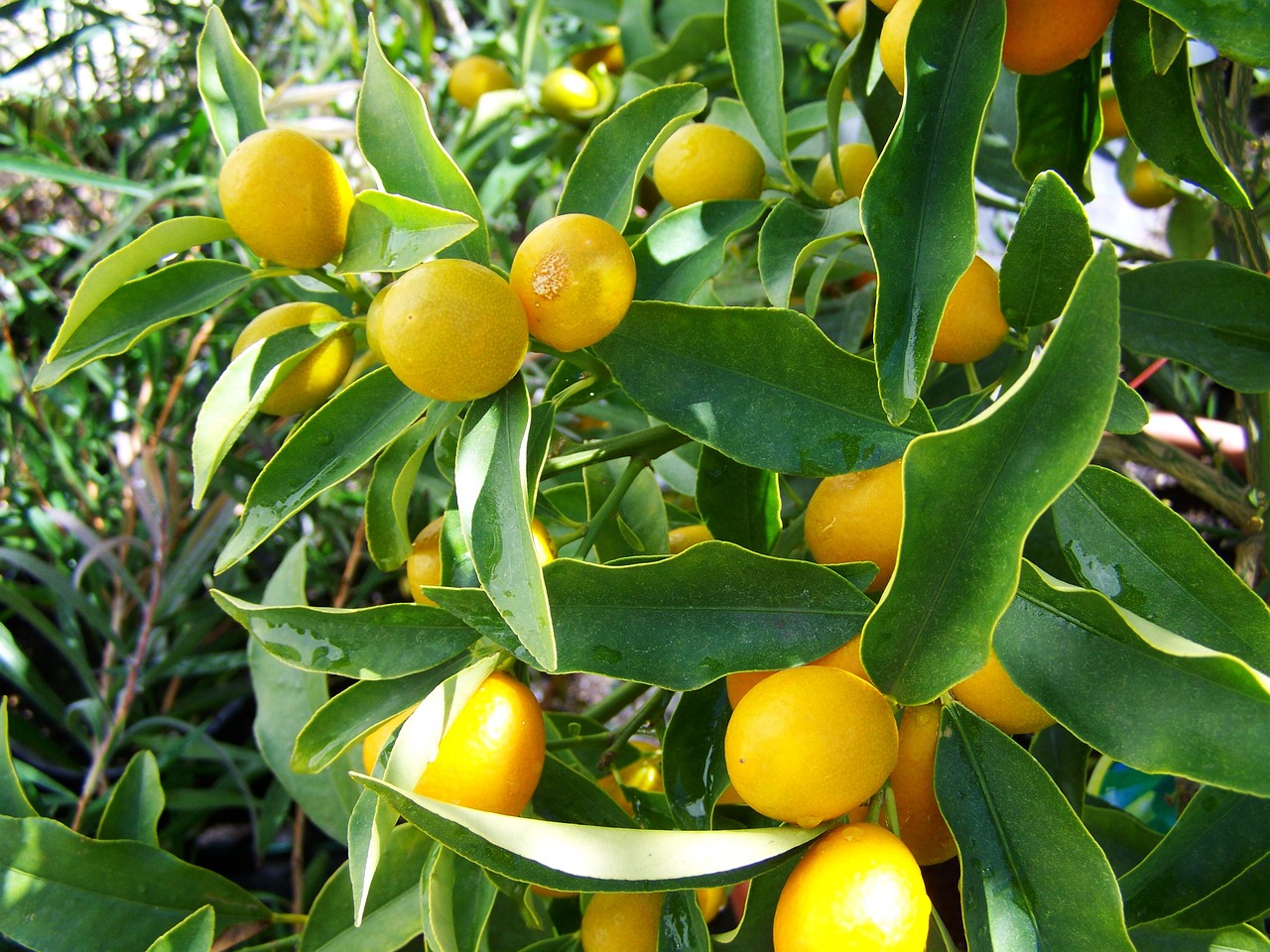From Seed to Salad: A Beginner’s Guide to Salad Farming
Table of Contents
Introduction
Salad farming offers a rewarding journey from seed to plate. Whether you’re a gardening enthusiast or an aspiring farmer, this comprehensive guide will walk you through the steps of cultivating fresh, vibrant greens. Learn how to choose the right salad crops, prepare the soil, plant effectively, and manage your crops from pests to harvest.

“The greatest gift of the garden is the restoration of the five senses.” – Hanna Rion
Listen to the article:
1. Choosing the Right Salad Crops
Selecting the Perfect Mix
- Consider your local climate and season.
- Choose from lettuce varieties, spinach, kale, arugula, and herbs.
- Align your crop selection with market demand.
2. Preparing the Soil for Salad Farming
Soil Health is Key
- Conduct a soil test to determine nutrient levels.
- Enrich the soil with organic matter (compost or manure).
- Ensure proper soil structure for optimal root development.
3. Planting Salad Crops
Timing and Spacing
- Follow recommended planting dates for each crop.
- Utilize raised beds or containers for control.
- Space crops according to guidelines to prevent overcrowding.
4. Watering and Fertilizing Salad Crops
Moisture Management
- Maintain consistent moisture levels without waterlogging.
- Use organic or synthetic fertilizers with balanced nutrients.
- Avoid over-fertilization to prevent excessive leaf growth.
5. Managing Pests and Diseases in Salad Farming
Integrated Pest Management (IPM)
- Implement IPM strategies for pest and disease control.
- Practice crop rotation to minimize infestations.
- Select disease-resistant varieties when possible.
6. Harvesting Salad Crops
Timing is Everything
- Harvest leafy greens before they bolt or turn bitter.
- Use sharp, clean tools to prevent plant damage.
- For herbs, pick in the morning when flavours are concentrated.
7. Storing and Preserving Salad Crops
Maintaining Freshness
- Wash and dry greens thoroughly before storage.
- Use airtight containers or bags in the refrigerator.
- Preserve herbs through drying, freezing, or making infusions.
8. Selling and Marketing Salad Crops
Reach Your Audience
- Explore various sales channels (farmers’ markets, local stores, restaurants).
- Invest in eye-catching packaging for your produce.
- Leverage social media and local advertising for marketing.

“To market, to market, to buy a fat pig, home again, home again, dancing a jig.” – Traditional Nursery Rhyme
Table 1: Recommended Salad Crops for Different Seasons

Certainly! Here’s a table with the nutritional information for each of the recommended crops in Table 1, along with their health benefits and the percentage of each nutrient’s availability in these crops. Please note that the values can vary slightly depending on the specific variety and growing conditions. The nutritional information is approximate and is presented per 100 grams of the edible portion of each crop.
Table 2: Nutritional Information of Recommended Salad Crops



References:
- National Institutes of Health. (2020). “Vitamin A – Health Professional Fact Sheet.” https://ods.od.nih.gov/factsheets/VitaminA-HealthProfessional/
- National Institutes of Health. (2020). “Vitamin K – Health Professional Fact Sheet.” https://ods.od.nih.gov/factsheets/VitaminK-HealthProfessional/
- National Institutes of Health. (2020). “Folate – Health Professional Fact Sheet.” https://ods.od.nih.gov/factsheets/Folate-HealthProfessional/
- National Institutes of Health. (2020). “Iron – Health Professional Fact Sheet.” https://ods.od.nih.gov/factsheets/Iron-HealthProfessional/
- National Institutes of Health. (2020). “Vitamin C – Health Professional Fact Sheet.” https://ods.od.nih.gov/factsheets/VitaminC-HealthProfessional/
- National Institutes of Health. (2020). “Calcium – Health Professional Fact Sheet.” https://ods.od.nih.gov/factsheets/Calcium-HealthProfessional/
- National Institutes of Health. (2020). “Potassium – Health Professional Fact Sheet.” https://ods.od.nih.gov/factsheets/Potassium-HealthProfessional/
- National Institutes of Health. (2020). “Dietary Fiber – Health Professional Fact Sheet.” https://ods.od.nih.gov/factsheets/DietaryFiber-HealthProfessional/
These nutrients play vital roles in maintaining overall health, from supporting the immune system and promoting bone health to aiding digestion and regulating blood pressure. Including a variety of these recommended salad crops in your diet can help ensure you receive these essential nutrients.
Conclusion and Tips for Success in Salad Farming
In conclusion, salad farming is a journey that demands dedication but promises fulfilment and profitability. To thrive in this venture:
- Continuous Education: Stay updated on best practices in crop management.
- Community Engagement: Build a strong network within the farming community for support.
- Adaptability: Tailor your crop selection to meet evolving consumer preferences.
- Vigilance: Monitor and address pest and disease outbreaks promptly.
- Diversify: Consider value-added products like pre-packaged salads or dressings.
Related Articles:
References:
- Smith, John. (2020). “Salad Farming Handbook.” Green Thumb Publications.
- Organic Farming Association. (2019). “Guide to Sustainable Salad Farming.” OrganicFarmingAssoc.org.

The Ultimate Guide to Perfectly Grilled Chicken Nuggets: Your Go-To Recipe for Irresistible Flavor and Juiciness

Delicious and Nutritious: Uncovering the Best Vegetarian Recipes for Every Palate

Unleashing Spicy Flavors: Exploring the Unforgettable Experience of 818 Heat Hot Pot & BBQ

Indulge in the Sweet Delights of Homemade Barfi: A Timeless Recipe That Will Leave You Craving More!

Tantalize Your Taste Buds with the Perfect Ginger Cake and Cream Cheese Frosting Combo!

The Ultimate Guide to Hiring a Cryptocurrency Consultant for Financial Success

Indulge in Blissful Delights with our Berry Cream Cheese Coffee Cake Recipe

Discover the Perfect Blend of Heat and Flavor: Exploring the Enthralling World of Hot Pot Korean BBQ

Discover the Sizzling Delights of Hot Pot BBQ: A Mouthwatering Fusion of Flavors and Fun!

The Rivalry Intensifies: USA vs. Mexico – A Soccer Showdown of Epic Proportions

The Ultimate Guide to Growing Thriving Lemon Trees: Tips, Tricks, and Care Instructions





Somebody essentially lend a hand to make significantly articles Id state That is the very first time I frequented your website page and up to now I surprised with the research you made to make this actual submit amazing Wonderful task
It’s very interesting! If you need help, look here: ARA Agency